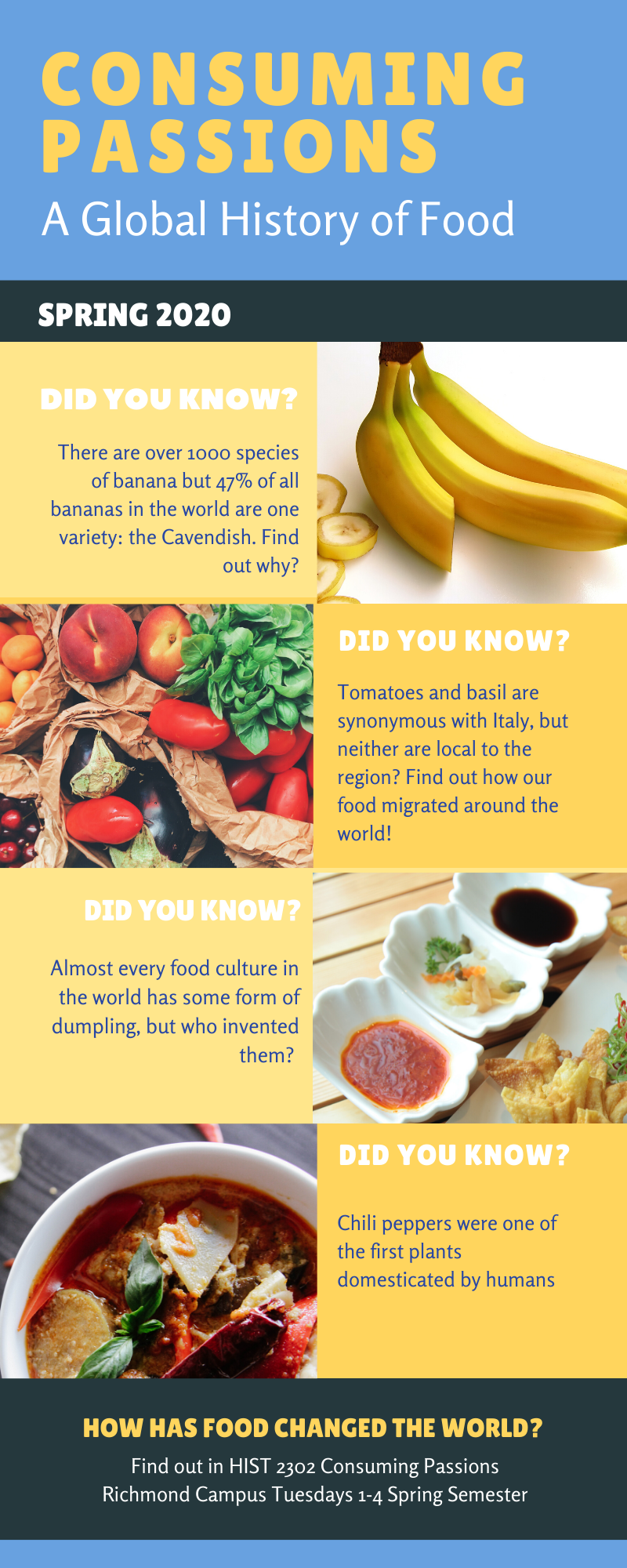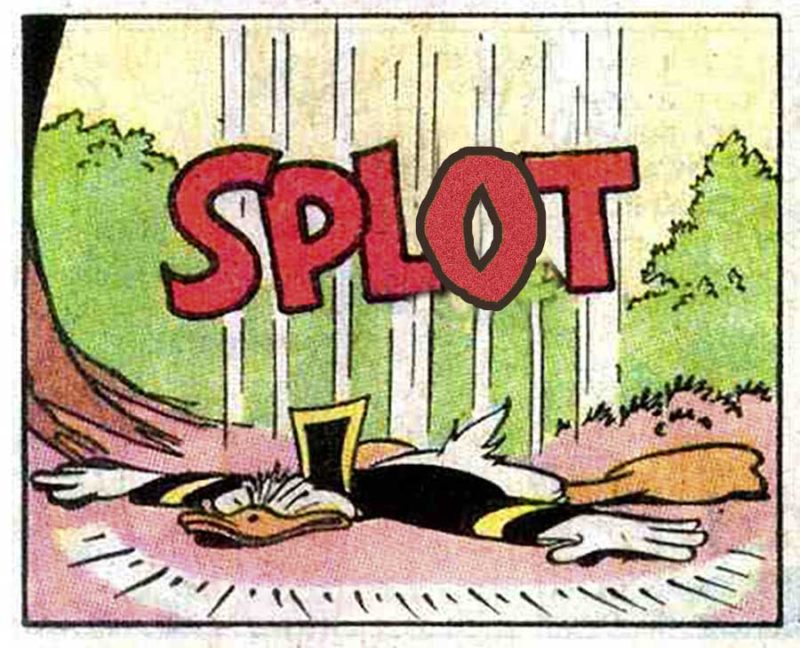Eating Week One
If this were a completed SPLOT! I would have fully explained what hummus is, where at least one of its central ingredients originated from, when and how it travelled around the world, and its significance over time. Obvs this isn’t a compete SPLOT! but it will give you a good idea of the potential inherent in open web assignments and a general outline of what a blog entry might look like:
Hummus: What is it?
**Chickpeas (also called garbanzo beans)
Tahini (sesame paste)
Lemon
Garlic
Cumin and Salt
Olive Oil

Where did at least one of its parts come from originally? Chickpeas (also, garbanzo beans; Latin Cicer arietinum)
- evidence of wild chickpeas in the south of what is present-day France c. 6700 BCE
- one of the earliest domesticates: evidence of cultivation in Jericho and present-day Turkey c. 7500 ya
- pulse (the seed of a legume), therefore a major source of protein and fibre
- now the third most important pulse in the world according to Mansfeld’s World Database of Agricultural and Horticultural Crops
- largest producers today are India, Pakistan, Ethiopia, Turkey, and Mexico
- spread throughout the Roman Empire, as far as the Rhine frontier, by the 1st Century CE
- reached the Americas via the Columbian Exchange (“Old World” –> “New World”)
Chickpea, New World Encyclopedia; https://www.newworldencyclopedia.org/entry/Chickpea#Use [accessed 06.01.2020] Mansfeld's World Database of Agricultural and Horticultural Crops; http://mansfeld.ipk-gatersleben.de/apex/f?p=185:3 [accessed 06.01.2020] Nathan Nunn & Nancy Qian, "The Columbian Exchange: A History of Disease, Food, and Ideas", Journal of Economic Perspectives 24 (Spring 2010): 163-188; https://scholar.harvard.edu/files/nunn/files/nunn_qian_jep_2010.pdf [accessed 06.01.2020]



I love hummus and how easy it is to make. And I’m curious to see what this might evolve into.
Thanks! I love it too. This is just a sample page for students in a global history of food course. They will be creating weekly Splots to find out more about the foods they eat. Hopefully this will be a successful experiment in open pedagogy …